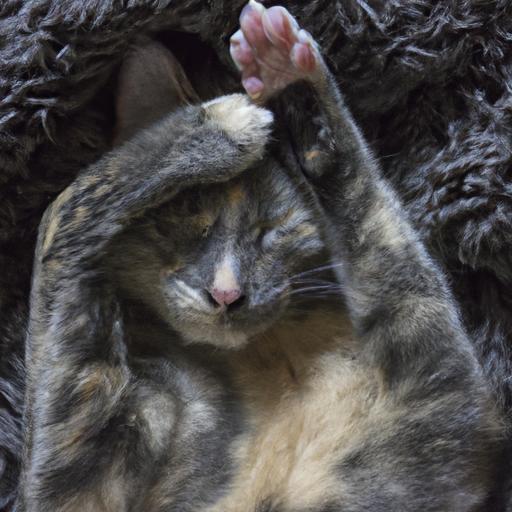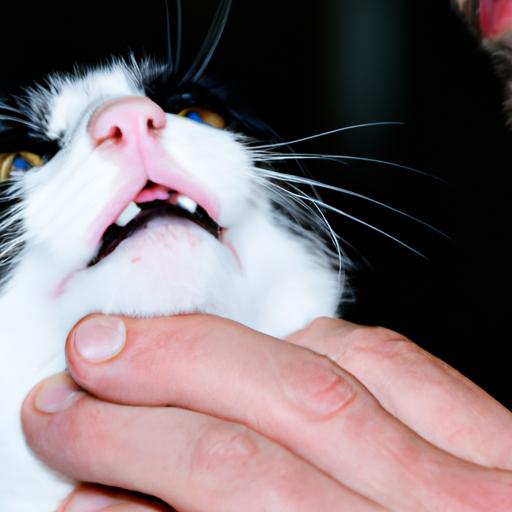
Teaching Cats to Enjoy Brushing Sessions
Learn effective techniques for teaching cats to enjoy brushing sessions. Discover gradual introduction, positive reinforcement, and more. Improve your cat’s grooming experience.
Introduction
Grooming plays a vital role in maintaining the health and happiness of our feline companions. However, many cat owners face the challenge of getting their cats to enjoy brushing sessions. If you’ve ever struggled with a resistant or anxious cat during grooming, worry not! With the right techniques and a little patience, you can teach your cat to not only tolerate but actually enjoy brushing sessions. In this article, we will explore effective methods to make grooming a pleasant experience for your feline friend.

Techniques for Teaching Cats to Enjoy Brushing Sessions
Gradual Introduction to Brushing Tools
Introducing your cat to grooming tools should be a gradual process. Start by familiarizing your cat with the brush or comb without actually using it. Allow them to sniff and investigate the tool, associating it with positive experiences such as treats or playtime. Once your cat is comfortable with the presence of the grooming tool, you can begin gently touching their fur with it, gradually increasing the duration of the contact. This gradual introduction helps to desensitize your cat to the brushing process.
Positive Reinforcement and Rewards
Positive reinforcement is a powerful tool in teaching cats to enjoy brushing sessions. Reward your cat with treats, praise, or playtime immediately after successful brushing sessions. By associating the grooming experience with positive outcomes, your cat will begin to develop a positive association with brushing. Consistency is key here, so be sure to reward your cat consistently to reinforce the desired behavior.
Creating a Calm and Comfortable Environment
Creating a calm and comfortable environment is essential for successful grooming sessions. Choose a quiet room where you and your cat can relax without distractions. Ensure that the room is at a comfortable temperature, and consider playing soothing music to create a peaceful ambiance. Additionally, use a soft towel or mat for your cat to sit on during the grooming session, providing them with a cozy and secure space.
Brushing in Short Sessions
Long grooming sessions can be overwhelming for cats, especially those who are not accustomed to being brushed. Instead, opt for short and frequent brushing sessions. Start with just a few minutes and gradually increase the duration over time as your cat becomes more comfortable. By keeping the sessions short, you allow your cat to acclimate to the process without feeling overwhelmed or stressed.
Using Gentle and Soothing Strokes
When brushing your cat, use gentle and soothing strokes to create a relaxing experience. Avoid applying excessive pressure or tugging on the fur, as this can cause discomfort or pain. Begin brushing in the direction of your cat’s fur growth, and gradually work through any knots or tangles using a gentle touch. Remember, grooming sessions should be a pleasant and bonding experience for both you and your cat.
Frequently Asked Questions (FAQs)
How often should I brush my cat?
The frequency of brushing depends on your cat’s breed and coat type. Generally, long-haired cats require daily brushing to prevent matting and hairball formation, while short-haired cats can benefit from brushing a few times a week. Regular brushing also helps to reduce shedding and keeps your cat’s coat healthy and shiny.
What kind of brush should I use?
Choosing the right brush for your cat is important to ensure a comfortable grooming experience. For long-haired cats, a wide-toothed comb or a slicker brush can be effective in removing tangles and preventing matting. Short-haired cats can be brushed with a soft-bristle brush or a grooming glove. It’s essential to select a brush that is suitable for your cat’s coat length and texture.
My cat gets aggressive during brushing, what should I do?
If your cat becomes aggressive or resistant during brushing, it’s important not to force the issue. Take a step back and reassess your approach. You can try using positive reinforcement techniques, such as associating the grooming session with treats or engaging in playtime before attempting to brush again. If the aggression persists, consult with a veterinarian or a professional cat behaviorist for guidance and additional strategies.
How can I make the brushing experience more enjoyable for my cat?
To make the brushing experience more enjoyable for your cat, it’s crucial to create a positive and stress-free environment. Ensure that you are gentle and patient throughout the session, using soothing strokes and rewarding your cat with treats or praise. Additionally, incorporating interactive toys or a favorite blanket during grooming can help distract and relax your cat. Remember, the key is to gradually build positive associations with brushing.
Conclusion
Teaching cats to enjoy brushing sessions may require time, patience, and consistent effort, but the rewards are well worth it. By gradually introducing your cat to grooming tools, using positive reinforcement techniques, creating a calm environment, keeping sessions short, and using gentle strokes, you can help your feline friend develop a positive association with brushing. Remember to tailor your grooming routine to your cat’s specific needs and always prioritize their comfort and well-being. With love and gentle guidance, you can transform grooming sessions into enjoyable bonding moments with your beloved cat.
Note: For more information on positive reinforcement training for cats and other helpful pet care tips, visit ubipets.com. If you’re interested in learning about teaching cats to enjoy toothbrushing, check out our article here.























